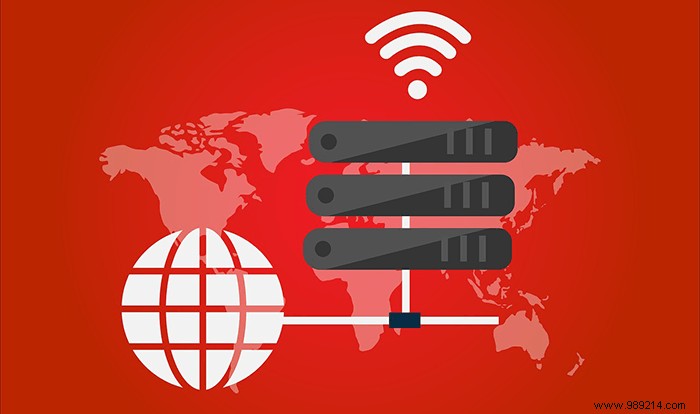Latency, in simple terms, is the delay between sending a message and receiving the message. We measure the latency of a first-class letter in days. We measure Internet packet latency in thousandths of a second, or milliseconds. Some latency is impossible to avoid:if nothing else limits latency, the speed of light represents a final speed limit. Although we can never completely eliminate latency, we can often improve network latency with the methods mentioned below.
ContentsHow to reduce latency1. Use Ethernet2. Avoid interference3. Limit network traffic4. Appropriate bandwidth and hardware5. Eliminate proxies and VPNsLatency is introduced by the hardware used to transmit the packets, the software used to direct those packets, and the destination receiving the packets. Network issues such as packet loss, overloaded hardware, or insufficient bandwidth will also increase latency.
The first and best way to avoid latency is to work with a reliable internet service provider. Your ISP sets the minimum latency you can achieve. Even if you remove every microsecond of latency from your home network, you won't be able to communicate with external servers any faster than your ISP's hardware can communicate. So if you absolutely must have the lowest ping and fastest airtime, work with an ISP that will make your connection speed its priority. However, in many countries around the world – the United States leading the way – you're stuck with whatever your city's outdated communications infrastructure can provide, no matter what you're willing to pay.
But if you're having latency issues, they're probably made worse by your home network setup. To reduce latency on your home network, there are a variety of best practices you should follow.

Objects between your computer and your router can significantly degrade the signal, which is why we remove them. But unseen electronic interference can also play a role, especially on the congested 2.4 GHz band. Provided you are well positioned, it is better to use the less popular 5 GHz band. You'll also want to choose the emptyest Wi-Fi channel you can find in your router's configuration settings, which will vary depending on the settings of nearby routers.

Imagine you are at a crowded party. Everyone is talking, laughing, having a good time. The environment is great, but it's hard to have a long chat. Why? All the overlapping conversations make it harder to listen to the conversation. The same analogy applies to home networks. The more devices communicating simultaneously, the more people talking at the same time, the harder it is to get your message across. Reduce communication with other devices as much as possible. Although you can kick devices out of your network, most routers provide Quality of Service (QoS) tools that you can apply to limit communication overlap based on device and application. For example, you can set a QoS rule that always gives your gaming desktop maximum speed, reducing the speed allocated to other devices if necessary.

A low latency network needs high quality hardware. Most consumer routers won't give you the best latency numbers, but the more expensive models work fine. If you want the absolute lowest home network latency, you'll need to use commercial switching and routing hardware. Make sure you get hardware that provides the latest connectivity standard supported by your devices.
Your router and internet connection should also provide the appropriate bandwidth for your use case. If you have three kids streaming on YouTube simultaneously while you try to play Overwatch on a 25Mbps connection, you're going to have a bad time. Pay for the highest speed you can reasonably afford. When packets don't have to wait for available bandwidth to leave your network, your latency drops dramatically.

The longest step in any communication process is the time it takes for the signal to travel between nodes through cables. The more nodes you send the message to, the longer the journey will take. This is true even if the nodes are in the same room. While latency is lower, the time it takes to "bounce" a message from one node to another is somewhat irreducible. To remove this delay, you must remove the intermediate nodes. Remove any proxies or VPNs from your communication chain.
The tips above should help you improve network latency and improve your gaming experience. What other tips did we miss?